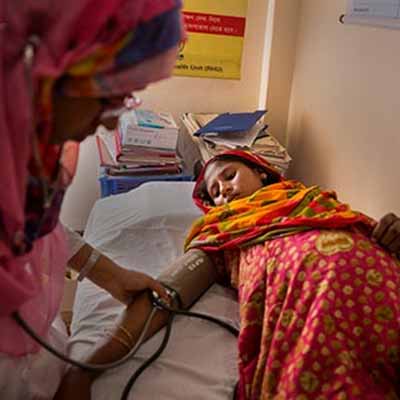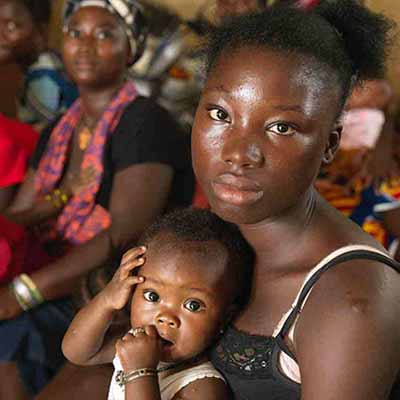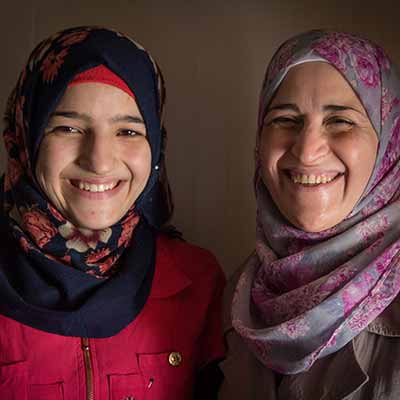End maternal death
Since 1990, maternal death has declined by 44 per cent. Still, some 830 women and adolescent girls die each day from preventable maternal causes. Ninety-nine per cent of all maternal deaths occur in developing countries – more than half in fragile and humanitarian settings.

Maternal deaths per 100,000 live births
- Actual
- UNFPA vision
- SDG Target
End unmet need for family planning
Family planning is central to women’s empowerment and sustainable development. Women, adolescent and youth have the right to make their own informed choices about contraception. Today, more than 300 million women in developing countries are using contraception, but more than 214 million women who want to plan their families do not have access to modern family planning.

Unmet need for family planning
- Actual
- UNFPA vision
- Projection
End gender-based violence and all harmful practices
Violence against women and girls remains a global pandemic. One in three women will experience physical or sexual violence in her lifetime. Harmful practices, such as child marriage and femaile genital mutilation (FGM), remain pervasive. Still, there has been progress. Around 2000, nearly one in three women between 20 and 24 years of age reported that they were married before age 18. Around 2015, the ratio was just over one in four.

- Ending Child Marriage
- Ending FGM
- Ending gender-based violence
Ending Child Marriage
- Actual
- UNFPA vision
- SDG Target
Global prevalence of female genital mutilation
- Actual
- UNFPA vision
- SDG Target
Prevalence of recent intimate partner violence
- UNFPA vision
- SDG Target